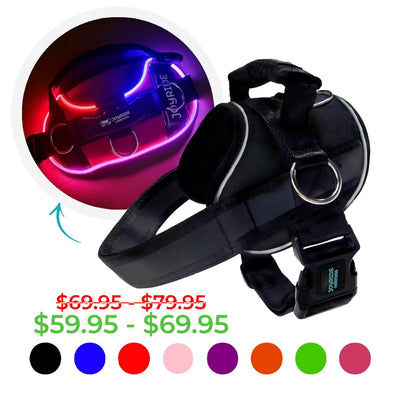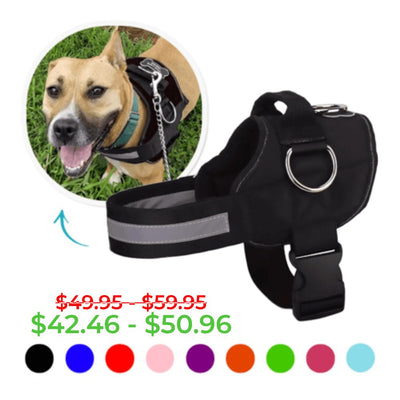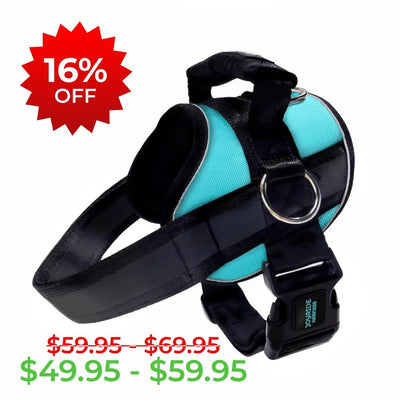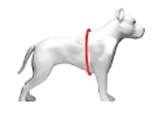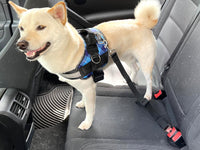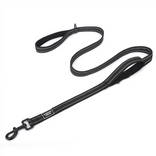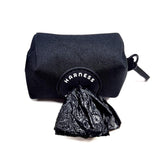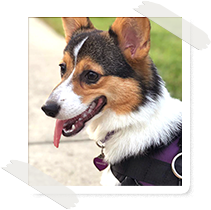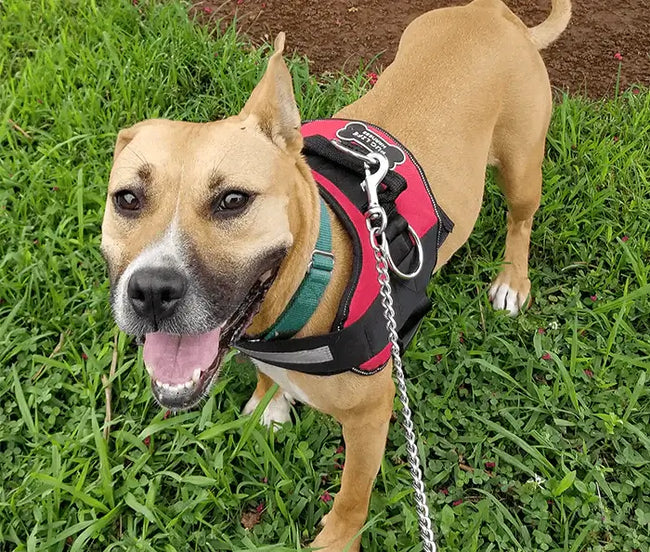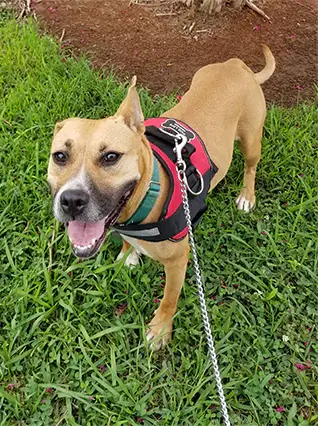What is a No-Pull Harness for Dogs? How Does It Work?

Does your pup have the talent to convert any stroll into an impromptu upper-body exercise? You're by no means alone. Leash pulling can turn even a short stroll into a challenge for many pet owners. That's where the no-pull harness steps in – an effective solution aimed at combating the universal issue. But what is a no-pull harness for dogs, and how does it work? Let us explore this topic.
Introduction to No-Pull Harnesses
A no-pull harness is a dog harness designed to reduce or eliminate leash pulling. No-pull harnesses, unlike back-clip harnesses or collar designs, are designed with a front-clip attachment or unique designs that control the movement of your dog. They work best for strong or energetic dogs, but they are ideal for any dog breed and size.
What actually makes no-pull harnesses a game-changer is that they allow you to get more control of your dog without having to sacrifice their safety and comfort. They are not just something else to add to your dog's equipment list; they are a training aid that can make your dog walking experience better for both you and your dog. If you’re looking for the best dog harness for large dogs that pull, a no-pull harness might be the answer.
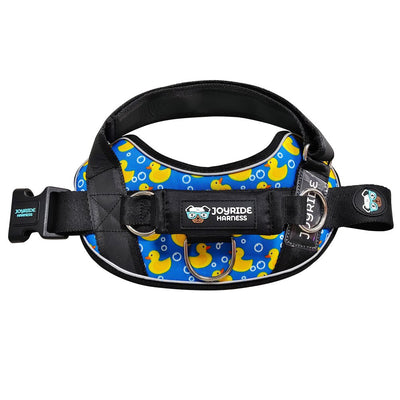
How No-Pull Harnesses Work: A Simple Explanation
No-pull harnesses operate on a very effective and simple concept. The majority of them position the leash clip cleverly for walks. As your dog tries to pull, the direction of the leash deflects their pull forward toward the side. It throws their gait out of sync and will not let them bring their full strength to bear to pull on the leash. How do no-pull harnesses work? The answer lies in this clever design that redirects your dog's movement gently.
By making your dog turn instead of push forward in a straight line, a no-pull harness enables you to give them a gentle reminder to fall back into line. Through repetition and over a period of time, the correction can train your dog to respect their leash manners, and walks are less stressful and more enjoyable.
How do no-pull dog harnesses work? They can also include thoughtful details like padded straps to prevent chafing or adjustable fittings for comfort and safety. These small touches ensure your dog’s comfort while supporting training and safety.
Advantages of a No-Pull Harness
No-pull harnesses are not only handy for training, but for your dog's wellbeing. First of all, they provide you with more control. For owners who have a hard time with large or high-energy dogs, that added control is a blessing. Instead of trying to muscle the issue with brute strength, you're letting the design of the harness work smarter, not harder.
Comfort and safety are two more important benefits. Traditional collars are not pleasant for the neck of your dog, especially if they pull strongly. Eventually, this can lead to neck strain or tracheal collapse. A no-pull harness exerts pressure more evenly on the shoulders and chest to avoid harm. This dog harness working principle keeps your pet comfortable and safe during walks.
Moreover, a no-pull harness is a wonderful training aid. They are safe and humane to utilize in order to train your dog to walk on a leash. No-pull harnesses utilize the principle of positive reinforcement by rewarding the desired behavior naturally, rather than prong collars or choke collars that utilize pain or discomfort as their method of action.
Lastly, no-pull harnesses also make walking your dog less stressful for both your dog and you. If walks are more pleasant, then they are less difficult to maintain, and that is healthier for your dog's physical well-being and mental state.
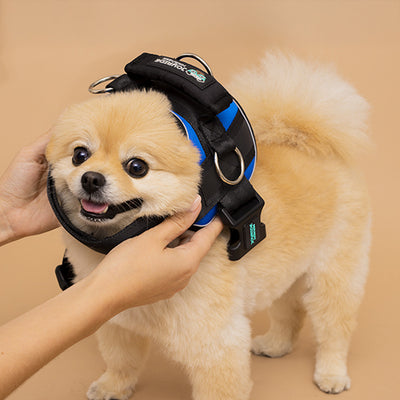
Should Your Dog Use a No-Pull Harness?
Every dog is different, and every walk with every dog is different. If you have a dog who pulls on a leash or walks have become a game of tug-of-war, a no-pull harness is one solution you might consider. It's a humane, effective, and comfortable solution that can actually make taking your dog out for a walk a pleasure.
What also must occur, however, is some good training and patience so that your dog will walk better. A no-pull harness as an addition to positive reinforcement training will give the best outcome.
Start with the choice of a good harness that is suitable to the size and disposition of your dog. Place it properly to offer function and comfort. Walking a dog can become something that you and your dog will eagerly anticipate with the assistance of an appropriate harness (as well as practice).

